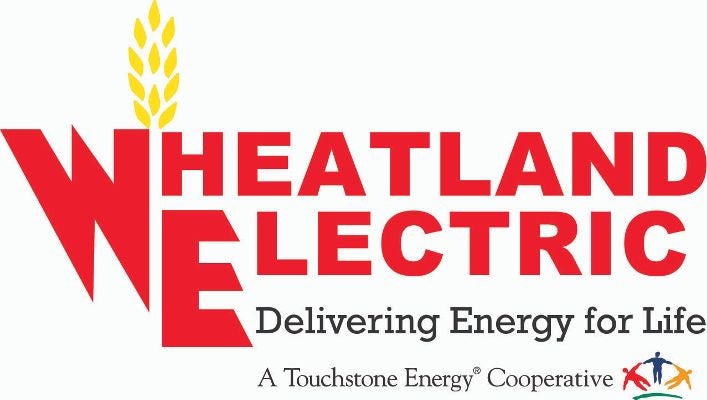Editor's note: This article was first published in our 2022 Annual Report, where you can find more information about the history of our electric cooperative and our 75th anniversary (1948-2023).
Until 1950, the nine original founders of Wheatland Electric Cooperative, Inc., officially composed the membership of the cooperative.
During the second annual meeting of the membership, held Feb. 15, 1950, in Scott City, the nine original trustees voted to welcome an additional 2,246 applicants into the cooperative, bringing the total membership to 2,255. And by fall of 1950 an additional 650 members were voted in.
To join the cooperative, members signed a membership certificate (see images below) and paid a $5 fee, to be used toward development of infrastructure and electric service in the region, according to the application. The signed agreement also granted them voting powers:
“Each member of the cooperative, or in the case of a joint membership, the holders thereof jointly, or either of them, but not both, shall be entitled to one vote, and no more upon each matter submitted to a vote at all meetings of the members of the cooperative,” according to the original document drafted in November 1948.
As WEC’s membership grew, the original trustees began looking for a site for a new generating plant that could furnish the demand for power, growing at a rate of about 500 kWh annually.
In late 1949, the original founders selected a site for a new generating plant 1 mile west of Scott City on U.S. Highway 96, a move that would allow the co-op to retire existing and outdated facilities to standby mode.
The new plant — christened the Jess Taylor Plant in honor of the co-op’s founding president — went online in the late summer of 1951, and “the effects of this sweeping move were felt almost immediately,” according to an article about the state-of-the-art facility published in the October 1956 edition of Diesel Progress.
The new plant not only allowed the co-op to retire facilities, but it also increased the reliability and affordability of electricity for Wheatland’s burgeoning membership, making it a “model of efficiency” and “showplace for the region.”
“In every aspect, the Jess Taylor Plant at Scott City is an up-to-date, attractive power station, operating an excellent efficiency and economy,” the Diesel Progress reported in 1956. “Wheatland Co-op’s success in overcoming a seemingly hopeless rural electrification problem is outstanding and is an excellent reason why American farmers today are enjoying the full benefit of power-driven tools, pumps and appliances.”








